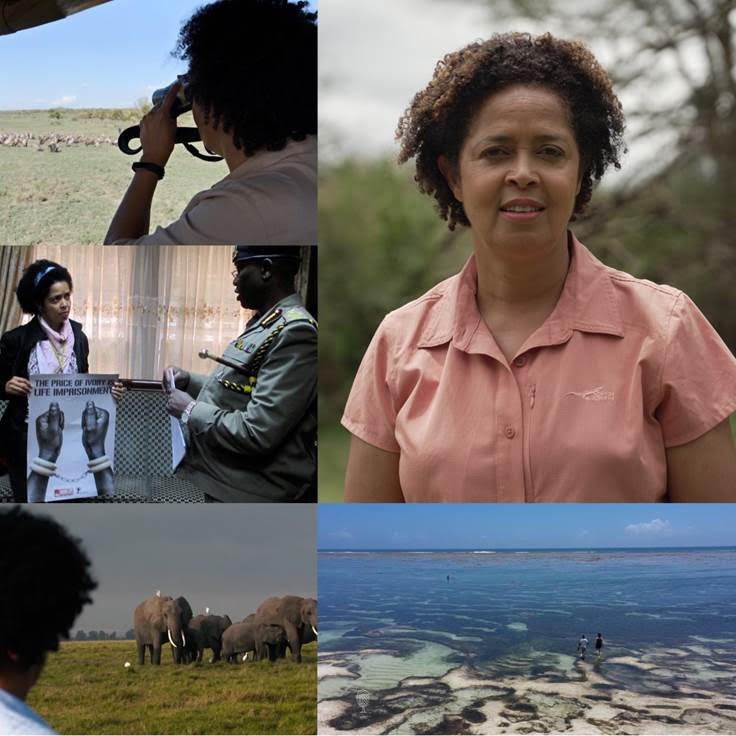CNN’s Call to Earth, in its latest segment, explores wildlife and marine conservation in Kenya, featuring renowned conservationist Paula Kahumbu as guest editor.
Kahumbu, who was named the Rolex National Geographic Explorer of the Year for 2021, has devoted her career to protecting elephants from environmental changes and poachers. During her career, Kahumbu has worked as CEO of WildlifeDirect,andmounted a national campaign in 2014, “Hands Off Our Elephants”, which has since seen elephant poaching decrease by 80 percent.
The programme highlights the importance of education surrounding wildlife and marine conservation and how community-led conservation is making a difference in Kenya, both on land and underwater.
Kahumbu believes that education is key to conservation efforts and will inspire people to take action, “This is not so much about advocacy, it’s really about educating people about our animals, our traditional knowledge, our forests and what’s happening to our rivers.”
She encourages young people to get involved by giving them a platform to learn about wildlife and marine conservation. The result, Kahumbu hopes, will be that young people “will be the voice for the animals that can’t speak for themselves, the voice for nature, the voice for rivers, the voice for mountains.”
As climate events such as drought grow more extreme in Kenya, conservancies will become increasingly important for the survival of wildlife. Conservancies make up 13 percent of Kenya’s land area, and are managed and protected by the people or communities who own the land. A conservancy, defined by Dickson Kaelo, CEO of Kenya Wildlife Conservancies, “tackles the underlying factors that are driving biodiversity loss.”
Kenya is currently in the midst of its worst drought in 40 years. Kaelo explains the impacts of drought on both people and wildlife, “When you have perennial, long-term, severe droughts happening like this one, people have limited choices and they end up selling the land to survive, it has a big impact on tourism and a big impact on wildlife.”
“If wildlife are not able to move over large distances, they affect the environment in a way that negatively impacts them. If the territories of lions are much smaller and have little prey, the lions fight and prides kill each other as a result. The conservancy actually expands the area available for wildlife. In the [Maasai] Mara now it has doubled by the creation of the 22 conservancies,” Kaelo adds.
The success of the conservancies movement not only helps wildlife, but also the local community, according to Kaelo. “When the community begin to see wildlife as their own asset and that actually the benefit that accrue are actually also flowing into them, we’ve seen stewardship coming in back to what it was a few decades back.”
Kahumbu visits the fishing community in the village of Kuruwitu, which has become a model for community-led marine conservation as the locals manage and regulate their own marine sanctuaries.
Environmental Programme Manager of Oceans Alive, Ledama Masidza, highlights the importance of community-led conservation efforts within marine life, “Through appreciating and recognising the authority of the elders, this led to a massive comeback in the fish by almost 400 percent fish biomass increase, a huge recovery in the seagrass by 17 percent recovery, and 30 percent recovery in the coral reefs, bringing back that colour.”
Jawahi Bertrolli, a filmmaker using art to increase awareness in his community, later tells Kahumbu how his film inspired change. In response to community screenings of the film, local beach management units agreed to begin setting up a new marine protected area.
Kahumbu admires all types of conservation efforts and is hopeful for Kenya’s future, “What really gives me hope is when I see so many people getting on with conservation in their own way. There’s a lot of, not just ownership, but pride in conservation now in Kenya.”



